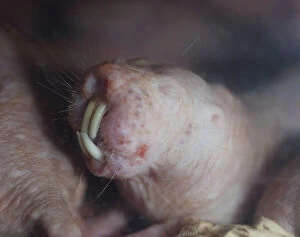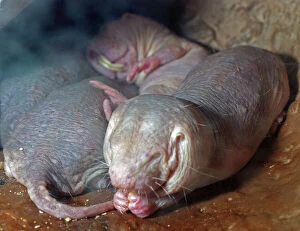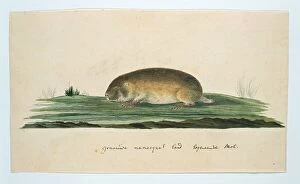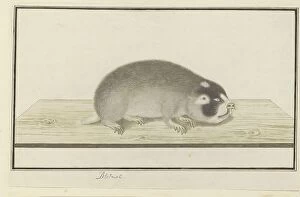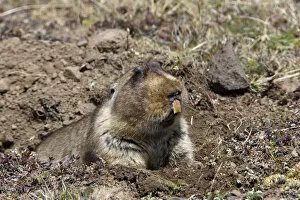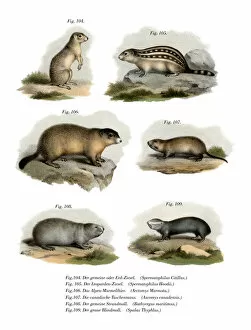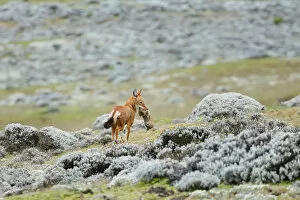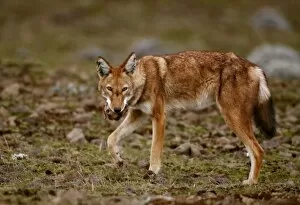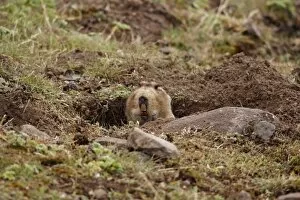Mole Rat Collection
The mole rat, a fascinating creature found in the dry areas of North East Africa, is truly unique
All Professionally Made to Order for Quick Shipping
The mole rat, a fascinating creature found in the dry areas of North East Africa, is truly unique. With its naked body and underground lifestyle, it has adapted to survive in harsh conditions. Using its incisor teeth as powerful digging tools, the mole rat creates intricate burrows beneath the surface. Despite being blind, these remarkable creatures navigate their dark tunnels with ease. Their keen sense of touch and smell compensate for their lack of vision. Living in colonies, they work together to maintain their subterranean homes. In this diverse region of Africa, other rodents also share the spotlight. The Cape mole-rat and giant molerat are just a few examples that coexist with the mole rats. Each species has developed different adaptations to thrive in this arid environment. Interestingly enough, even predators like the Ethiopian Wolf have learned to exploit these rodent populations as a food source for themselves and their young pups. These skilled hunters bring back prey such as African mole-rats or other rodents to feed their hungry offspring. It's incredible how nature intertwines various species within an ecosystem. From the European Ground Squirrel depicted in an 1860 lithograph to modern-day encounters between Ethiopian Wolves and begging pups - each interaction showcases the delicate balance between predator and prey. The world below our feet holds countless wonders waiting to be discovered; one such wonder is undoubtedly the resilient mole rat. Its ability to adapt and survive against all odds serves as a reminder of nature's ingenuity and resilience.

